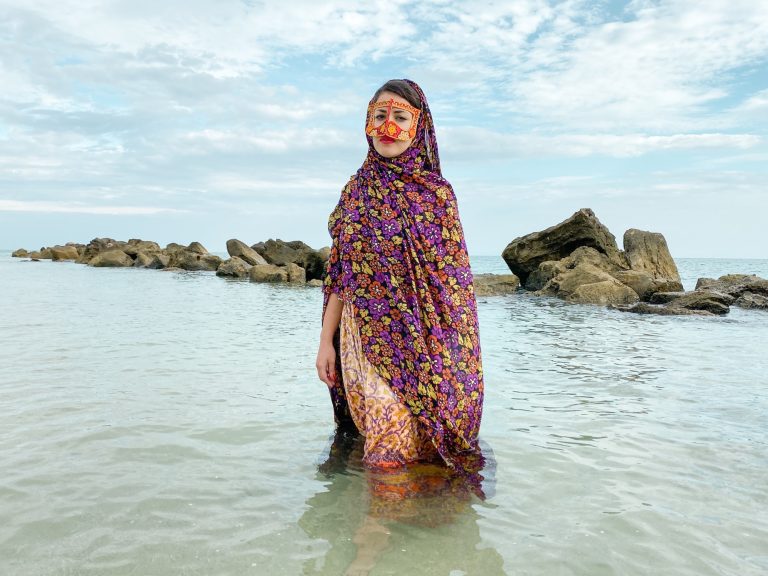
Woman Life Freedom
Published: 2023/09/24
Updated: 2023/10/04
- Photography
- Forough Alaei
- Interview
- Fariha Róisín
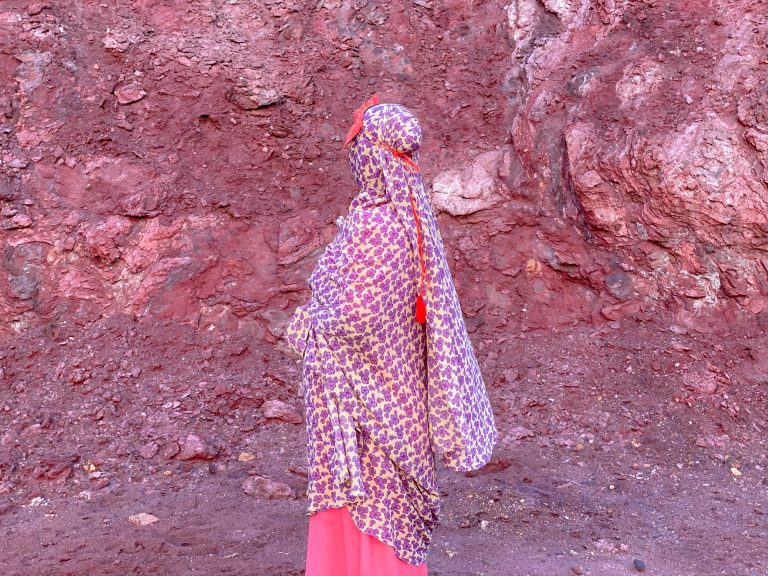
Fariha Róisín: What is it like in Iran right now and how are you feeling? As much as I know that it’s been a scary time, I imagine it’s also been a time of immense passion. I would love to know what the experience has been these last few months.
Forough Alaei: Since the uprisings had finished, everything seems calm on streets in recent months. There is some nonviolent resistance against compulsory hijab by not wearing scarves by some women.
Tell me about your childhood. What was your family like, where were you raised?
I grew up in Tehran in a house with a big yard. We are a family of six; three daughters and one son. Financially speaking, we were in the middle class range.
What is your mother like, what is your relationship like with her?
My mother was religious and really concerned about our education. However, she didn’t push us to be like her and understood us to choose our way of living.
I ask this because your work has such a magical component to it, what helped foster that magic and playfulness inside of you?
Since my childhood when I looked at the flowers or played with animals, I obsessively looked at the details. After a while, I realised that I saw many things that others passed by easily. Maybe that is why I’m able to capture the real feeling of people and their emotions.
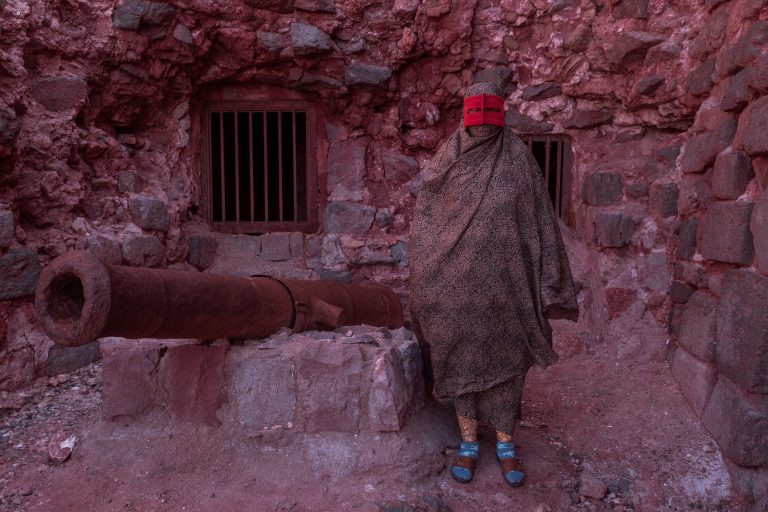
Talk to me about freedom. Do you think you have ever felt free?
Freedom is what people should live for. In every state, every moment and everywhere there are limitations to one’s freedom. Thus, in my opinion, freedom is not an absolute concept; it is important that you feel free. In this way, I (have) felt free many times in my life.
Why did you become a photographer? What encouraged you?
First, as I mentioned, I saw many details that I thought others didn’t; so I felt good when I captured them with my photos and showed them to others in this way. Second, I studied law and as a woman in a conservative society I felt many discriminations and oppressions; thus, I believed that still images are the best way to show these social issues. In my opinion, words or even movies cannot impress people in a moment and for a long-lasting period in the same way as photos.
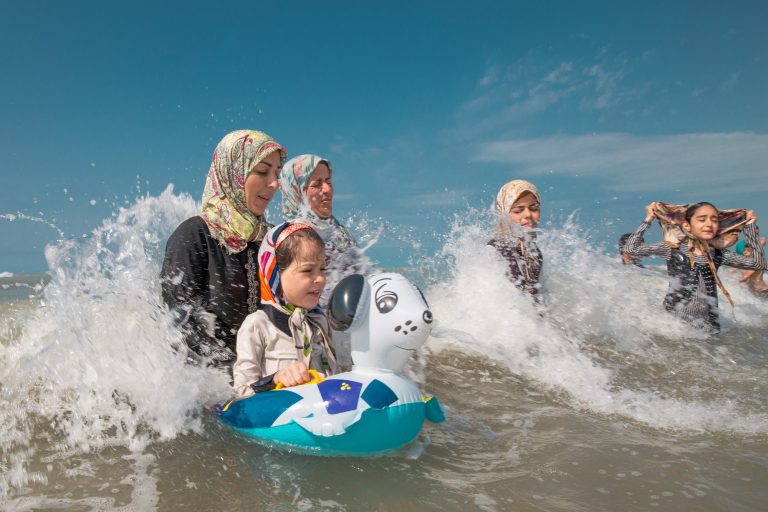
How do you think the world perceives Iran and Iranian women? What would you want to tell the world that you feel is misunderstood or unseen?
Maybe they see Iranian women as brave. I think some feel some sympathy if they look at the history of how women’s social level has evolved. I hope that my works help to show that their concern is not limited to compulsory hijab, we want every bit of rights as men do in their lifestyles and every other aspect of their lives. Also, I think the women who have proved that “I can, if he can” in different fields in a society like Iran are really brave and (have) removed many obstacles even in their families or society. Their courage is not limited to only removing their scarves on streets.
You photograph so many women in groups and there seems to be such joy and power in that collective, what’s the reason behind that?
As the evolution of humanity shows people grow in groups not alone; thus, I think if women can be together they can become what they want.
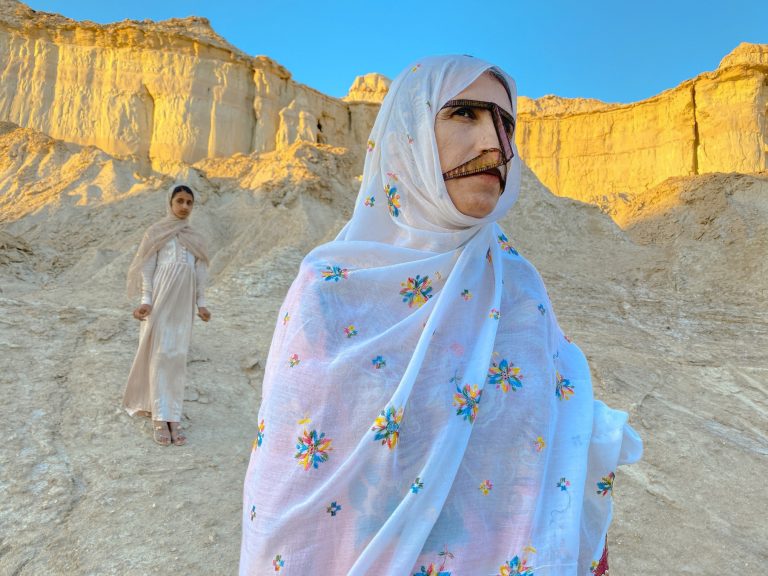
What are some of the experiences you’ve had and want to share that have inspired you over the last year?
I really love the way women support each other. Some give flowers or lovely notes to those who don’t wear hijab. Some tattoo artists write some slogans such as “Woman, Life, Freedom” on girls’ wrists and arms for free. I was really impressed when I saw some men avoided to get on a taxi to support a girl when she was asked by the driver to put on her scarf.
What are things that have given you hope?
I feel good when I see the people don’t turn to violent movements and try to continue civil resistance. Also, the solidarity among the people, no matter whether they are religious or not, when they follow their (desire for justice) is a great reason to be hopeful.
Tell me about your process of shooting, do these images come to you and you pursue them or is it all natural and organic?
The daily lives are natural. However, regarding the individual stories, I mostly send them messages on Instagram.
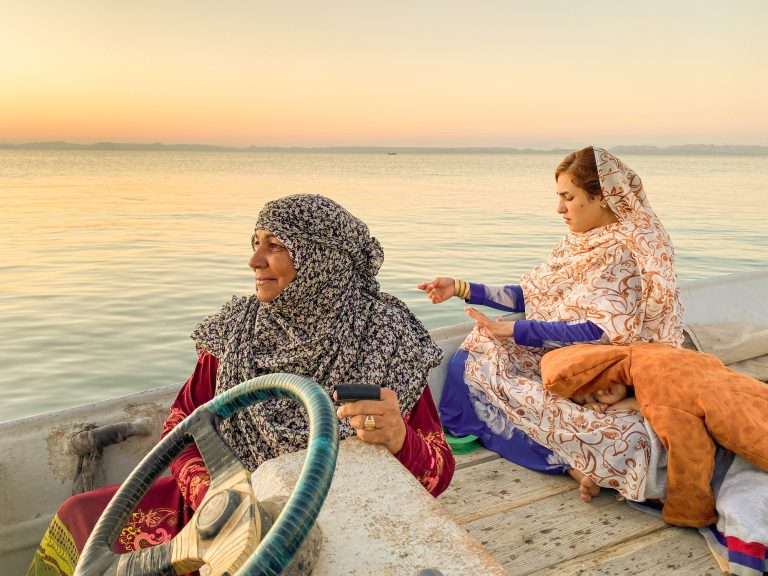
I read somewhere that you are a painter as well, and that to me is so evident in your photography. Your use of colour is so expressive and important, how do other art forms come out in your work?
Yes, I think how I see the colours and the frames of the photos are very affected by my background in painting.
What is it like being a young woman in Iran now? Are you feeling hopeful?
I’m proud of being a woman in an evolving society, where there are many brave ones who seek their rights at any costs.
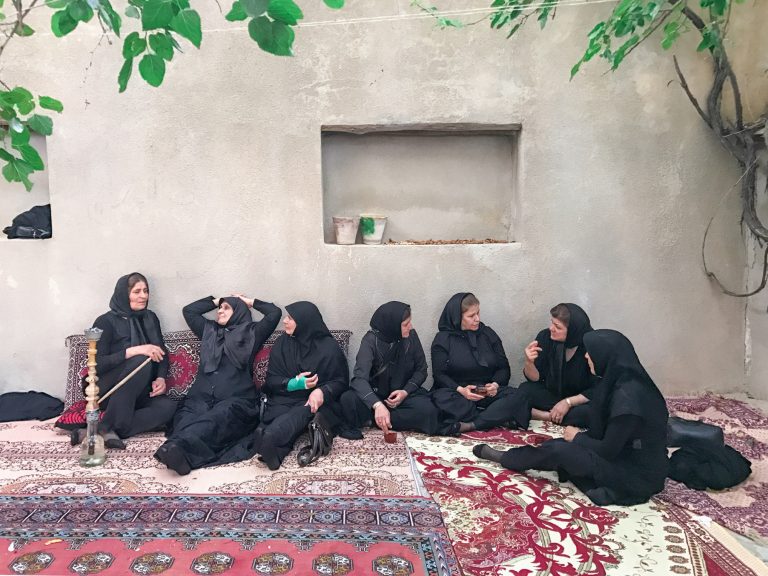
Related Articles

All I Know Is I Loved Being With You

In The End We'll All Become Stories

Liberty 150 x150 curated by Leith Clark: The Founder Interviews

Liberty 150 x150 curated by Leith Clark: The Founder Interviews




